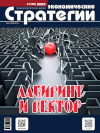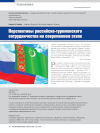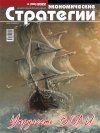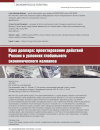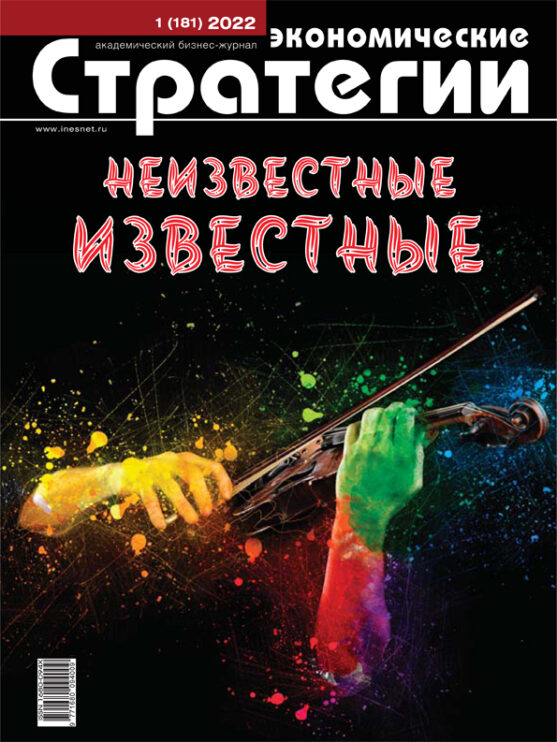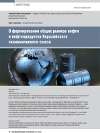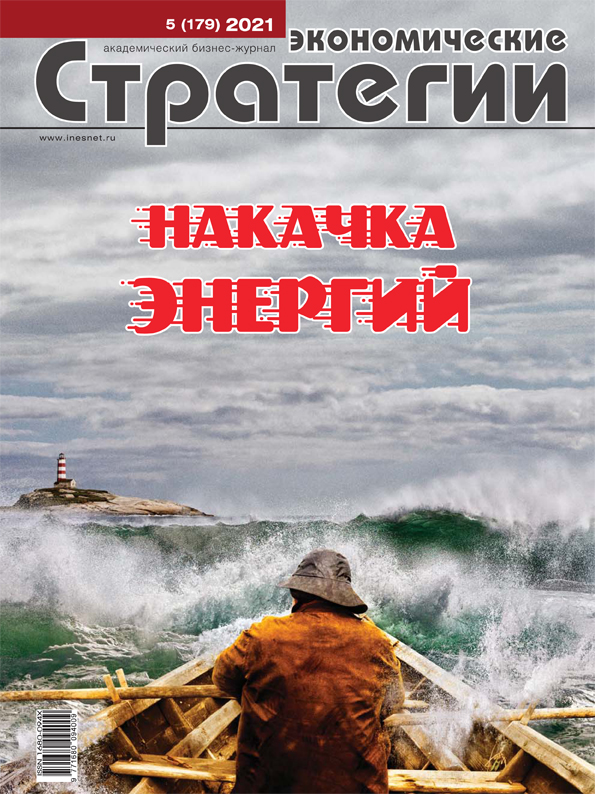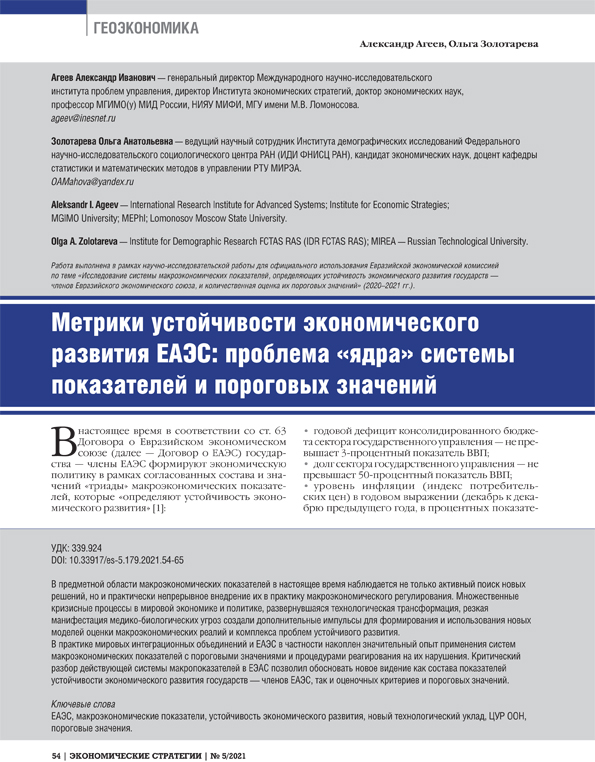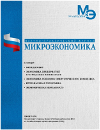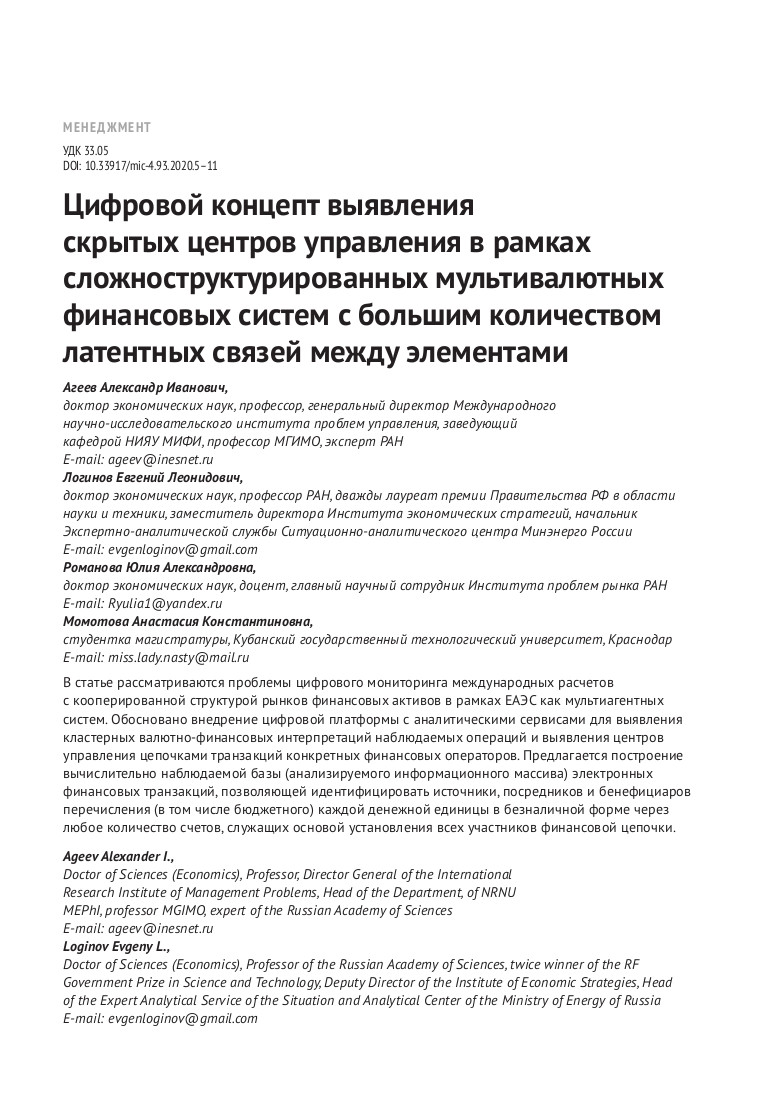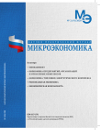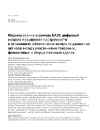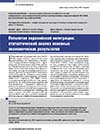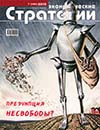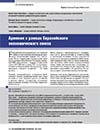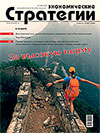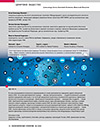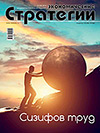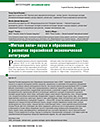Prospects for Russian-Turkmen Cooperation at the Current Stage
DOI: 10.33917/es-2.188.2023.36-43
The article analyzes historical development of the Russian-Turkmenistan relations. Multi-vector nature and flexibility in the development of a strategic partnership with Turkmenistan is substantiated. The author concludes that Russian-Turkmenistan relations should not be limited only to cooperation in the gas sector, but should develop dynamically towards formation of transport and logistics corridors, development of the tourist industry and communications modernization.
References:
1. Parizhskaya rech’ generala v ego kvartire na ryu Pent’er pered serbskimi studentami “Zavety slavyanstvu” [“Testaments to the Slavs”, Parisian Speech of the General in his Apartment on Rue Pentier to Serbian Students]. Sitaty.info, available at: https://citaty.info/man/mihail-skobelev.
2. Mezhgosudarstvennye otnosheniya Rossii i Turkmenii [Interstate Relations between Russia and Turkmenistan]. RIA “Novosti”, 2022, 10 iyunya, available at: https://ria.ru/20220610/turkmeniya-1794373218.html.
3. BP Statistical Review of World Energy 2020. 69th edition, available at: https://www.bp.com/content/dam/bp/business-sites/en/global/corporate/pdfs/energy-economics/statistical-review/bp-stats-review-2020-full-report.pdf.
4. BP Statistical Review of World Energy 2020. 71th edition, available at: https://www.bp.com/content/dam/bp/business-sites/en/global/corporate/pdfs/
energy-economics/statistical-review/bp-stats-review-2022-full-report.pdf.
5. Vyakhirev gotov k kompromissu [Vyakhirev is Ready to Compromise]. Nezavisimaya gazeta, 1999, 18 dekabrya, available at: https://www.ng.ru/cis/1999-12-18/5_viahirev.html.
6. V Ashkhabade sostoyalsya shestoi Kaspiiskii sammit [The Sixth Caspian Summit was Held in Ashgabat]. Rossiiskaya gazeta, 2022, 29 iyunya, available at: https://rg.ru/2022/06/29/bereg-druzej.html.
7. Kaspiiskoe sotrudnichestvo kak sposob resheniya ekonomicheskikh problem Turkmenistana [Caspian Cooperation as a Way to Solve Turkmenistan’s Economic Problems]. CABAR, available at: https://cabar.asia/ru/
8. Citaty.info, available at: https://citaty.info/man/mihail-skobelev.
9. Turkmenistan prizyvaet strany Kaspiya k rasshireniyu transportnogo sotrudnichestva [Turkmenistan Calls on the Caspian Countries to Expand Transport Cooperation]. Bol’shaya Aziya, 2022, 7 oktyabrya, available at: https://bigasia.ru/content/news/businness/turkmenistan-prizyvaet-strany-kaspiyak-rasshireniyu-transportnogo-sotrudnichestva/
10. Proekt Turkmenbashinskogo mezhdunarodnogo porta [The Project of the Turkmenbashi International Port]. GAP.INSAAT, available at: https://www.gapinsaat.com/ru/infrastructure/international-turkmenbasi-seaport-project.html.
11. Cherez mezhdunarodnyi port Turkmenbashi (Turkmenistan) eksportirovano bolee 6,5 mln tonn gruzov [More than 6.5 million tons of Cargo were Exported Hhrough the International Port of Turkmenbashi (Turkmenistan)]. Internet-portal SNG, 2022, 2 sentyabrya, available at: https://e-cis.info/news/567/102962/


